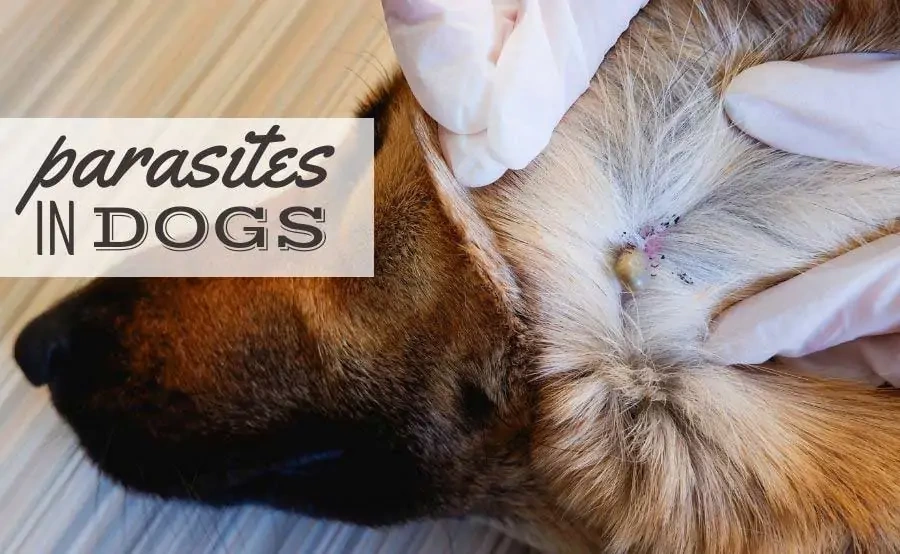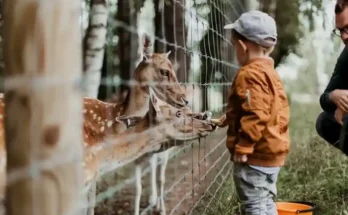If dog owners have had bad experiences with dog encounters, then they tend to leash their pets immediately as soon as a conspecific enters the run-out stage. how do dogs get parasites as understandable as the fear of encounters with other animals is, such measures are just as questionable for the social behavior of the dog. It is therefore important to read the body language of the animals, and also as an owner to approach other dogs relaxed and confident. You can find out how this works here.
Understanding the body language of our dogs: the “dog etiquette”
Problems with dog encounters are best tackled with training, in which you first learn to understand the behavior of the dogs among themselves. If two free-roaming, well-socialized dogs meet, then their meeting follows a fixed code, the “dog etiquette”:
The dog encounter
The dogs approach each other – some cautiously, some quite impetuously.
After the mandatory nasal test, the genital region is subjected to a check. At least now it is decided whether the dogs like, tolerate, or want to dominate.
This is a critical moment for the dog owner.
Youngsters who still balance their limits tend to have pubertal dominance behavior. Here, the dominant dog carries the rod stiffly upwards, resists the back fur, and places the head or paw on the back of the opponent. He may be trying to ride up to the other person, which is part of the dominance repertoire of both sexes. A relaxed dog tries to appease in this situation and dodges. However, a self-confident male will make it clear to the youngster that he or she will not be dominated.
How to behave correctly during a dog encounter
Therefore, do not panic when dogs clarify this situation with a lot of blusters.
Have confidence in the social skills of both dogs, because basically, this behavior is quite natural.
Don’t yell at the dogs, which would spur them on even more.
Keep your distance so that you don’t get in between, but also so that your dog doesn’t think he has to defend you.
Don’t be fooled by a wagging dog, because the wagging rod does not necessarily indicate a friendly attitude, but only indicates that the dog is aroused.
In most cases, the opponents separate from each other after a short brawl, at most with only a few harmless scratches.
Train dog encounters – and determine them yourself
Contacts between conspecifics are of great importance for your dog, especially if they are puppies and young dogs. Dog encounters guarantee that young dogs grow into socially acceptable dogs. But how and when these meetings take place, you should determine.
Training dog encounters therefore has the goal of making the situation stress-free for you and your dog. The foundation of training is to build a strong, positive bond between you and your dog. Search and retrieval games, which you practice with him in the park every day, are excellently suited so that your four-legged friend sees you as an exciting partner. Train your dog to calmly walk past conspecifics, for example by distracting him with his favorite toy. Let your dog make eye contact with you again and again. So you focus him on yourself and not on the passing dog.
Excellent services at dog encounters are provided by practiced commands “Sit” or “Stop” and retrieval commands such as “Come” or “Here”, with which you can better detach your dog from his opponent in dangerous situations. If your dog is wild on games with conspecifics, you first “ground” him by letting him sit down before you allow playing with the command “Go” or “Go”. On the other hand, never allow your dog to attract you to his conspecifics.
Avoid dog encounters: tips on behaviors and for emergencies
There are situations in which the encounter of two dogs is not desired, for example, if your own dog is sick, the is running or you have an anxious or leash aggressive dog.
First things first: Keep calm in all situations and communicate with the dog owner first. Urge him to retrieve his dog if you are leading a leashed dog yourself. Never let your dog feel your nervousness or fear, behave calmly, and do not pull anxiously on the dog leash. Be emotionally prepared for a meeting with conspecifics and act quickly.
Tips for emergencies:
Avoid the dog encounter by changing sides with your leashed dog or by quickly and resolutely passing the free-roaming dog, who will only follow you both briefly.
Work with a trick and stretch an automatic umbrella in the direction of the free-roaming dog.
In an emergency: different types of rat terrier dog psychologists such as Martin Rütter advise during dog encounters with free-roaming dogs to leash your own four-legged friend or to drop the leash and remove a few steps. This gives your dog the opportunity to interact in a species-appropriate way instead of having to defend its mistress or master.
Encounters between two leashed dogs should always be avoided. If necessary, you must be able to interpret the dog language in time: If one of the dogs demonstratively turns away from the other, makes itself stiff, or shows teeth, then both dog owners should act quickly and separate the dogs from each other at the same time.
After a bite, you should demand the vaccination certificate from the dog owner and immediately consult a veterinarian to have possible internal bleeding and organ injuries of the dog treated immediately.




